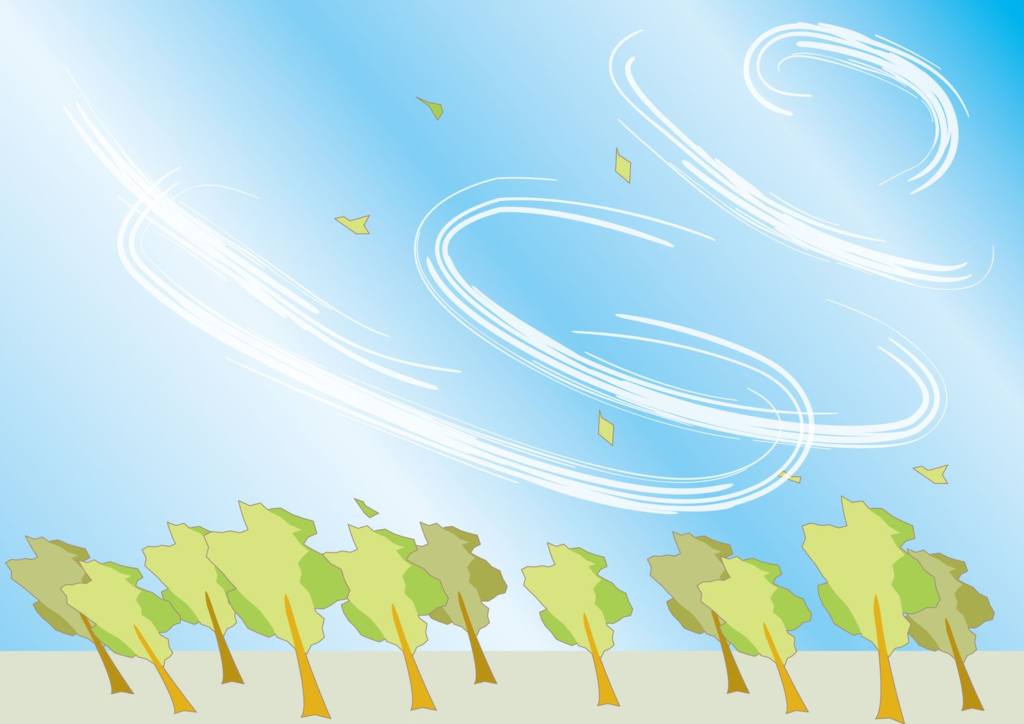INTRODUCTION
Key Notes :

1. What is Air?
- Air is a mixture of gases that surrounds the Earth.
- It has no color, taste, or smell, and is invisible to the human eye.
- Air is essential for life, as it provides oxygen for humans and animals to breathe.
2. Composition of Air
- Air is made up of several gases, including:
- Oxygen (21%): Essential for respiration in humans and animals.
- Nitrogen (78%): The most abundant gas, inert and does not react easily.
- Carbon Dioxide (0.04%): Used by plants for photosynthesis and exhaled by animals.
- Other gases: Small amounts of noble gases (like argon) and water vapor.
- Air also contains dust particles, water vapor, and pollen.
3. Importance of Air
- Breathing: Oxygen is needed by living organisms for respiration.
- Weather and Climate: Air plays a role in weather conditions and climate patterns.
- Sound: Air carries sound waves, allowing us to hear.
- Plant Growth: Plants use carbon dioxide during photosynthesis to make food.
4. The Layers of Air (Atmosphere)
- Troposphere: The layer closest to the Earth, where weather occurs and where most living organisms exist.
- Stratosphere: Contains the ozone layer, which protects us from harmful ultraviolet radiation.
- Mesosphere: The layer where meteoroids burn up upon entry.
- Thermosphere: Contains charged particles and is where the auroras occur.
- Exosphere: The outermost layer where the atmosphere gradually blends into space.
5. Air Pressure
- Air has weight and exerts pressure on everything it touches. This is called air pressure.
- Air pressure decreases with altitude (the higher you go, the lower the air pressure).
6. Pollution in Air
- Human activities like burning fossil fuels, industrial emissions, and vehicle exhausts can lead to air pollution.
- Pollutants like carbon monoxide, sulfur dioxide, and particulate matter can be harmful to health.
Let’s practice!

